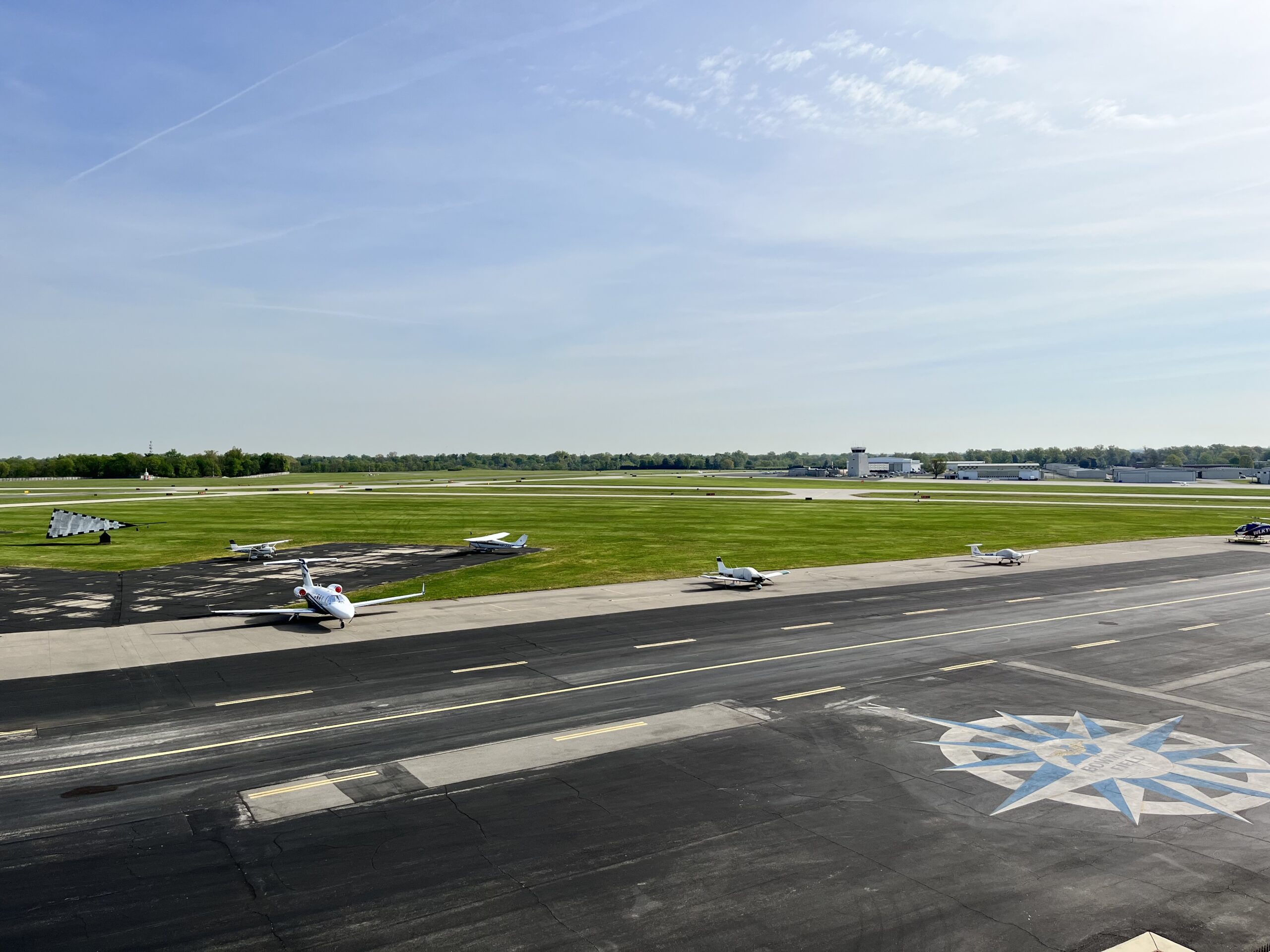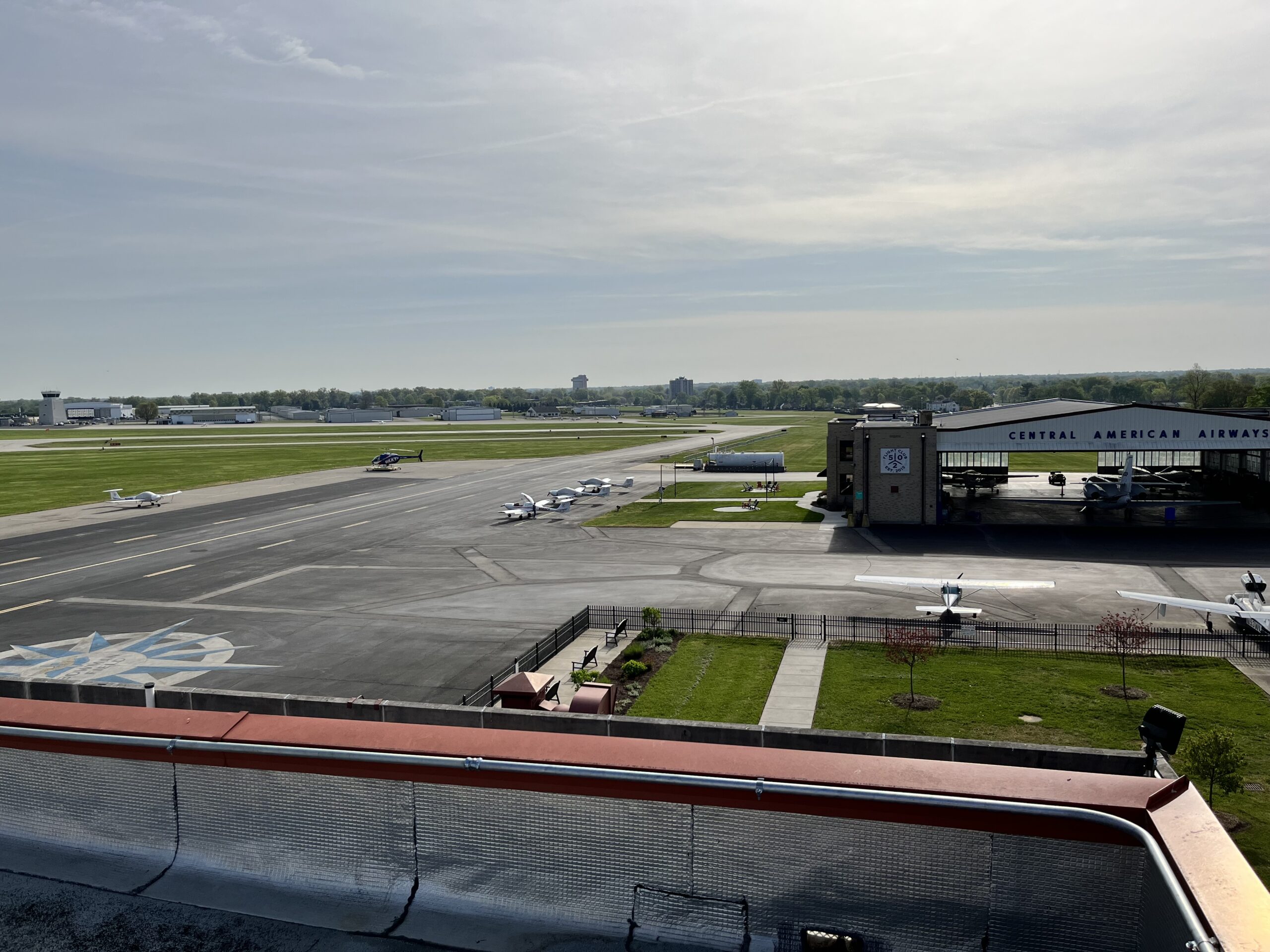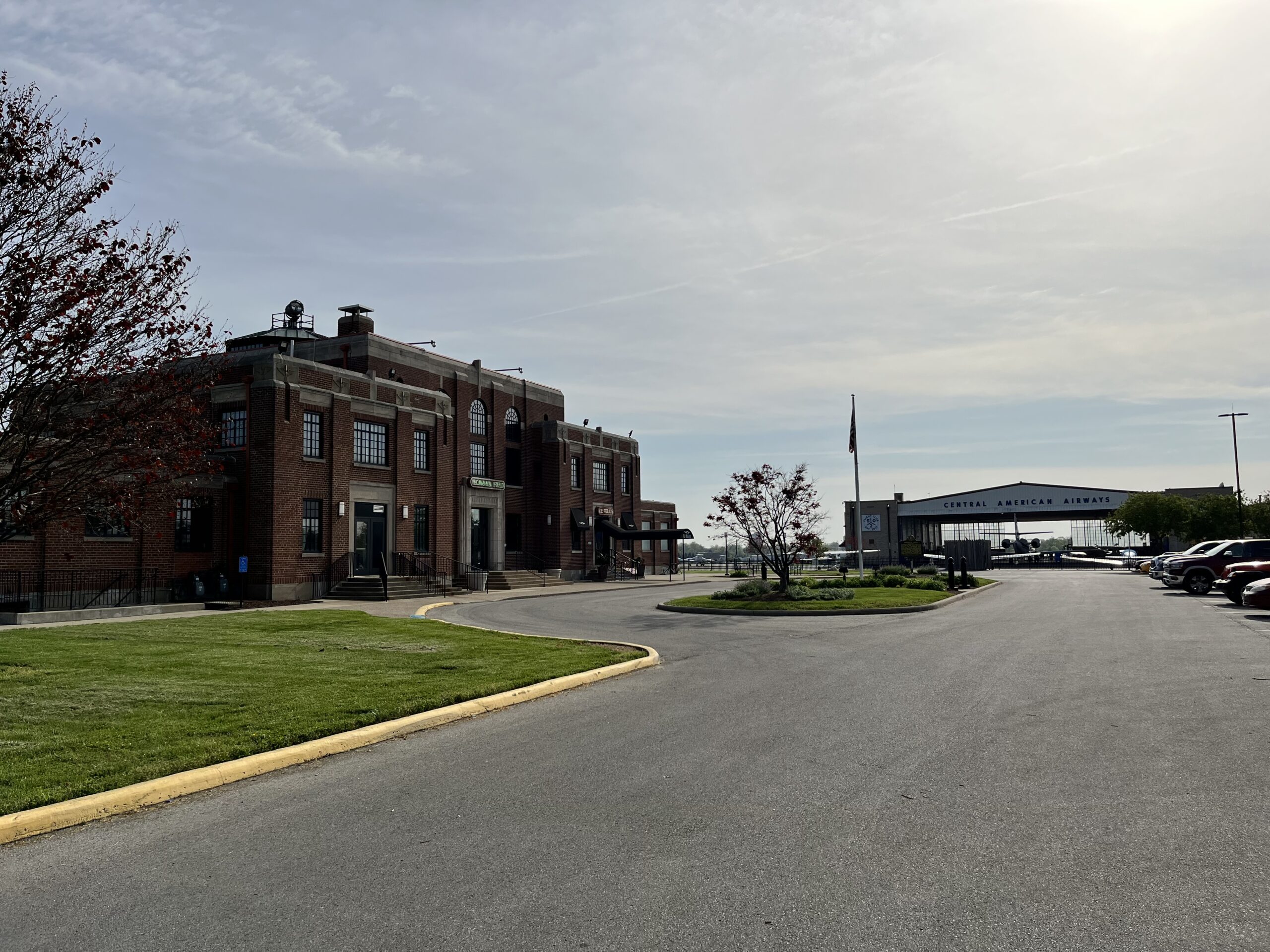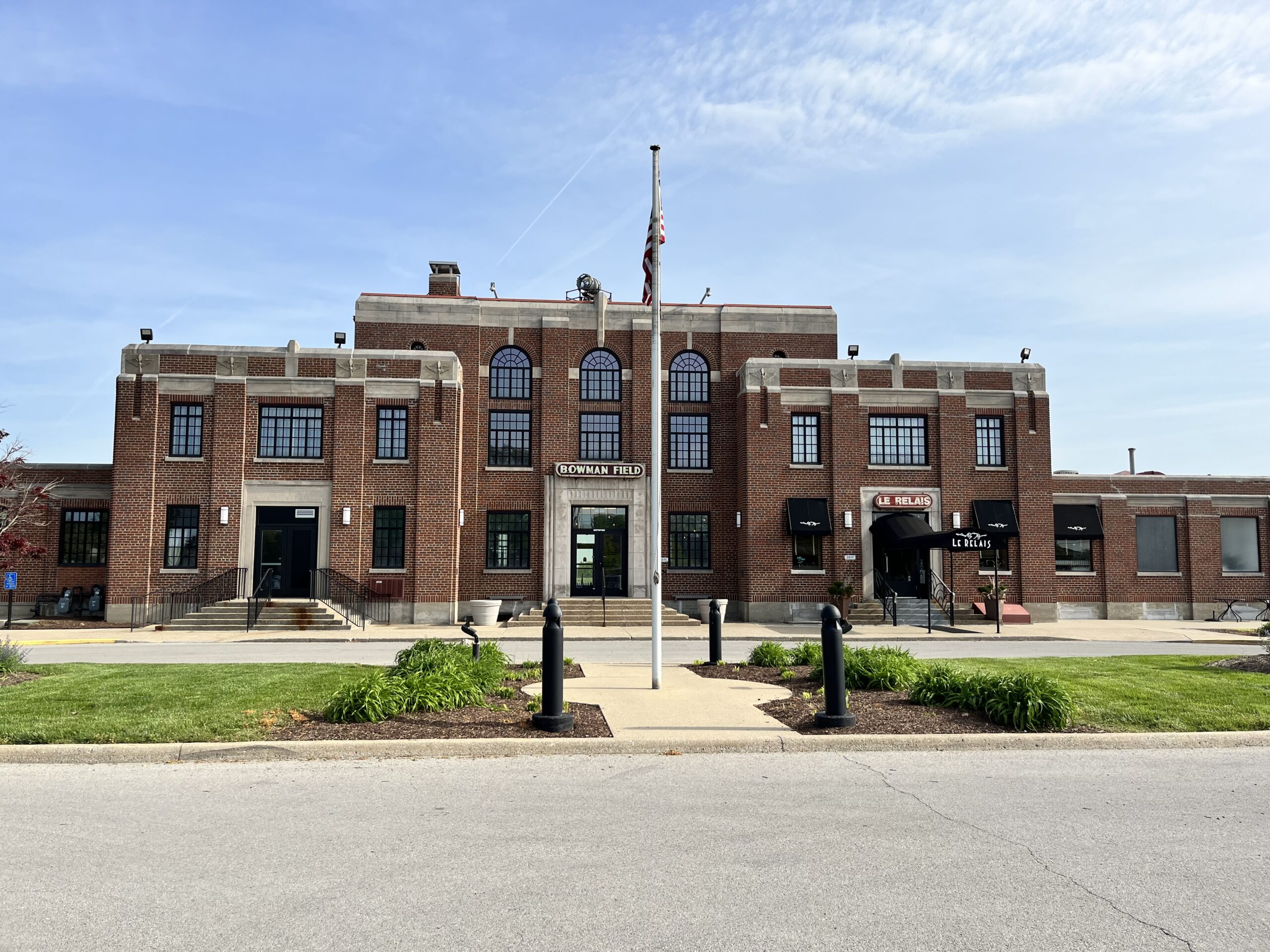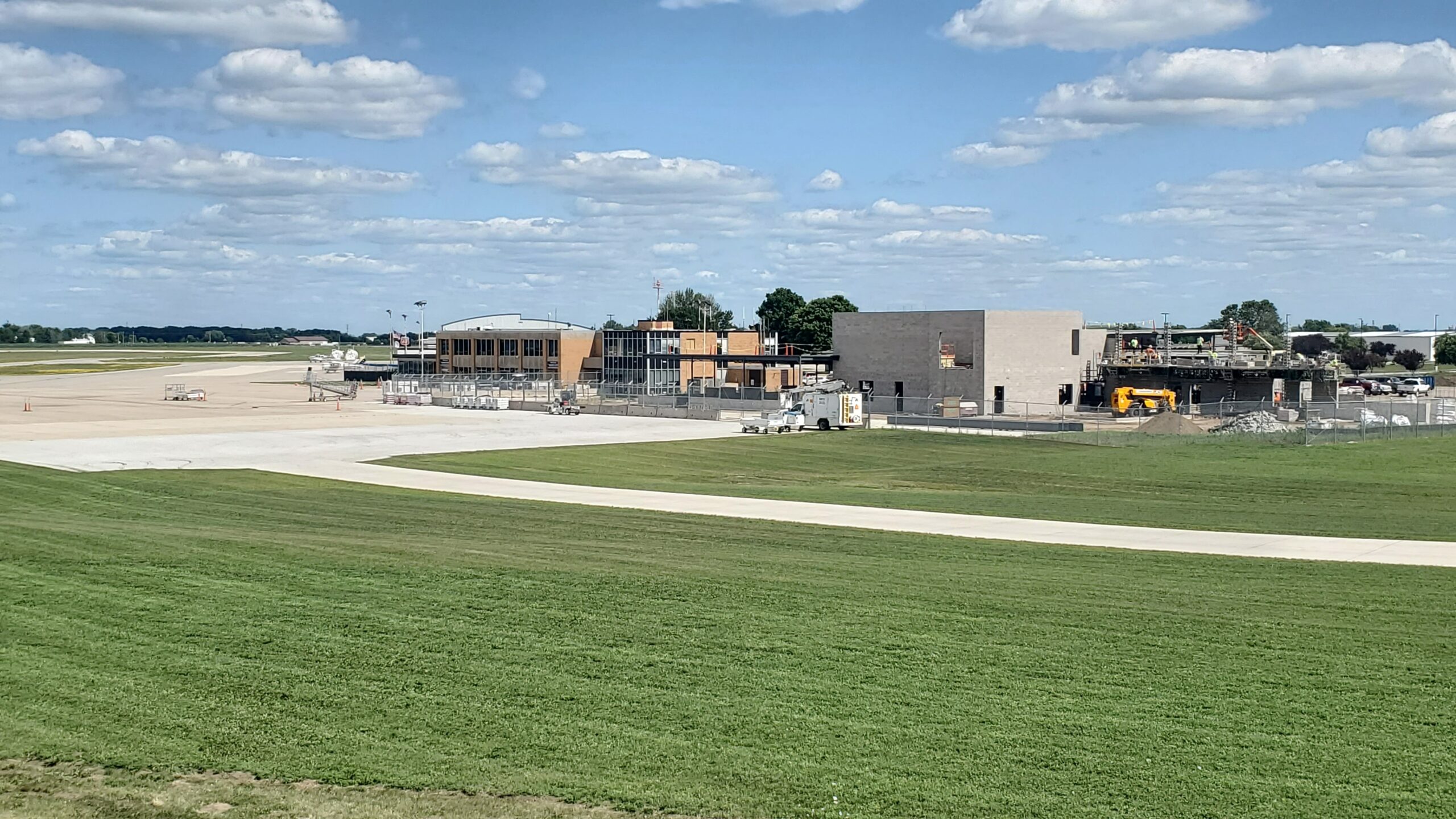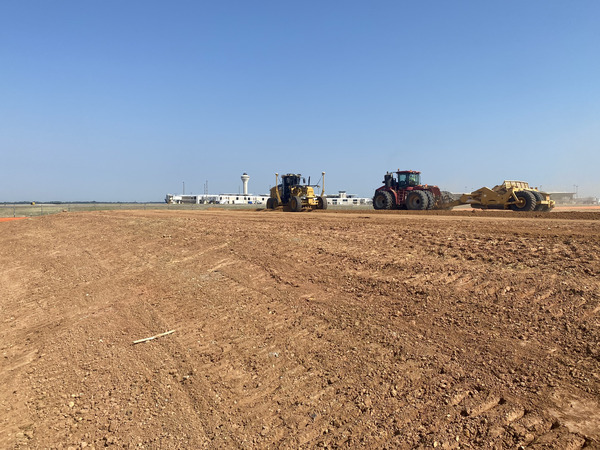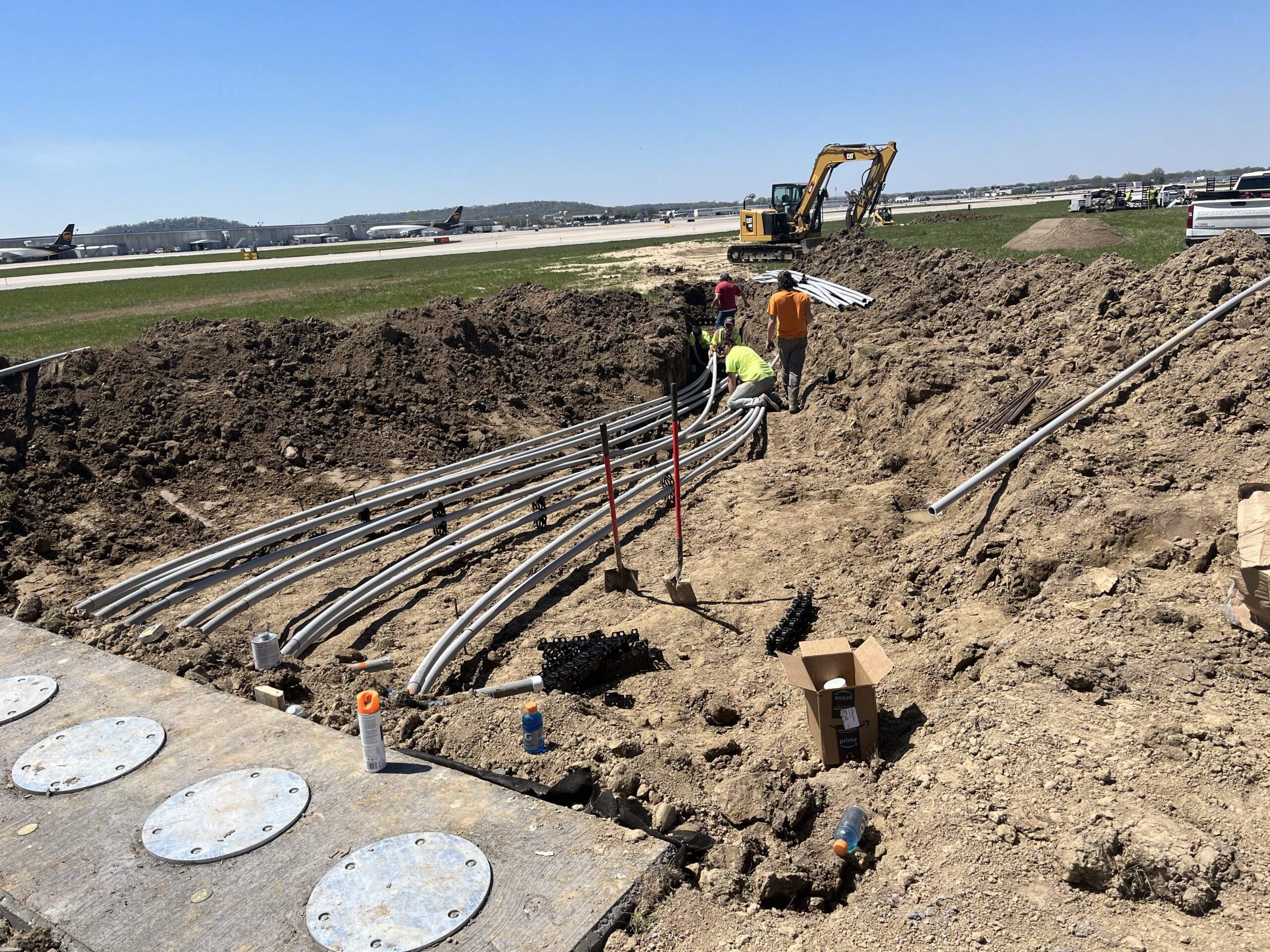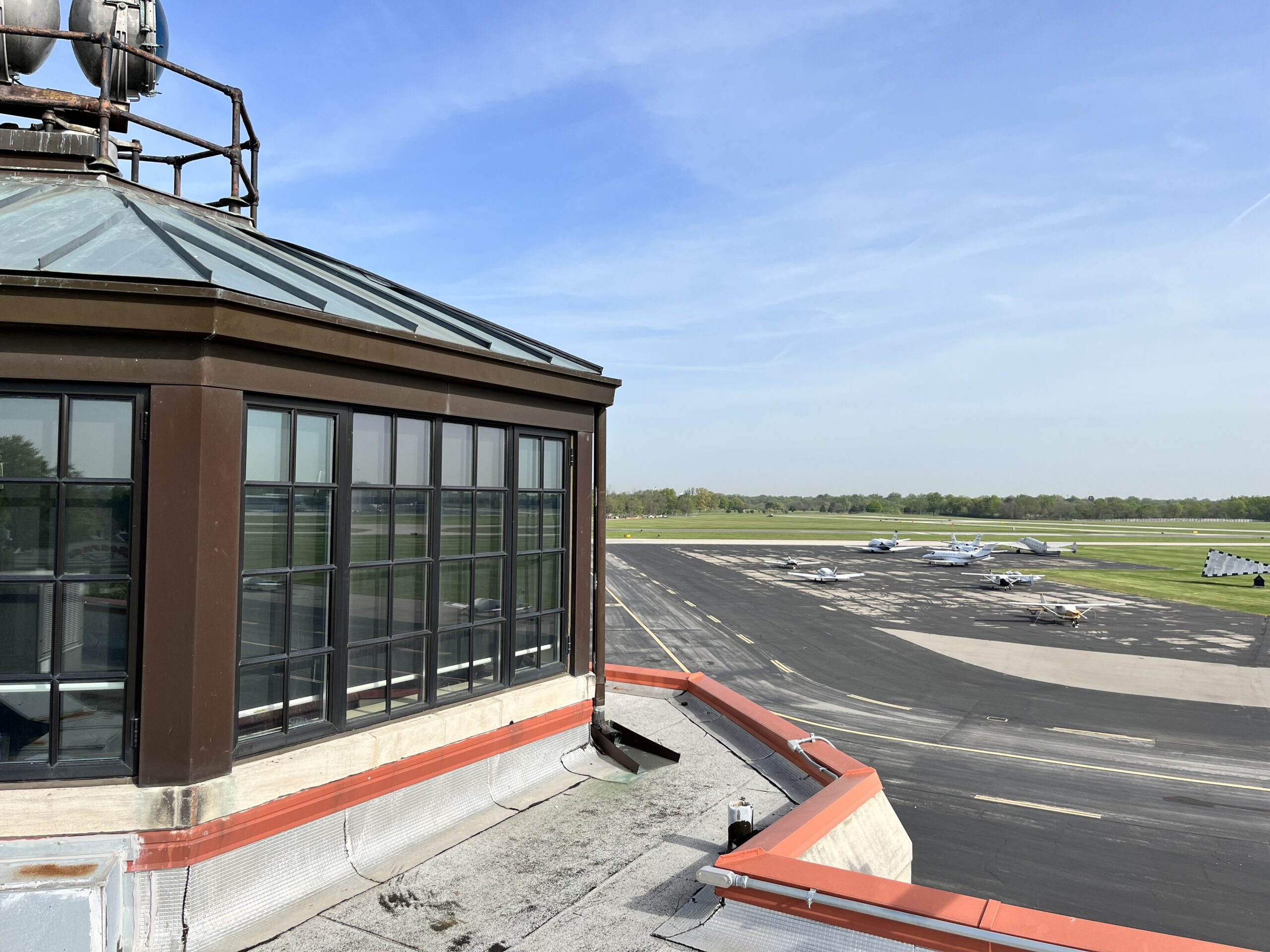
Background
Bowman Field is the general aviation reliever airport for Louisville Muhammad Ali International Airport. Located on the east side of Louisville, it is a unique combination of historical aviation significance and modern aviation functionality. Foth was hired to assist the Louisville Regional Airport Authority (LRAA) in its purposeful efforts to develop a preservation plan and program for Bowman Field.
Approach
The overarching goal of the plan was to preserve the form and improve the function of the facility to the benefit of the local airport network and community. To this end, the plan outlined short-term (five-year) and long-term (ten-year) improvements to key areas of Bowman Field, including the airfield and surrounding airspace, landside areas, and LRAA-owned facilities. The airport authority had previously completed individual assessments of these facilities, but our efforts created a holistic capital plan that provided anticipated project costs, identified funding sources, and prioritized projects based on those funding sources.
The final program provides long-term land use and development information in consideration of previous Federal Aviation Administration (FAA) planning documents and the Louisville metro government’s Bowman Area Neighborhoods Plan. It also supports pavement maintenance and capital improvement needs that keep the airfield in compliance with FAA requirements and building rehabilitation that supports aviation operations while aligning with the historic character of Bowman.
Results
Our plan identified critical improvements to runway, taxiway, and apron pavements, as well as much-needed upgrades to the airfield lighting and electrical systems. In addition, improvements necessary for keeping the airport’s three historical buildings functional for the foreseeable future were prioritized, including upgrades to the aging HVAC systems and restroom facilities in the administration building. These upgrades focused on efficiency, moisture control, and ADA compliance.
Beyond rehabilitation work, we created vision plans for nine future development areas within the airport’s campus. These sites were analyzed for highest and best uses, and costs for making these sites shovel-ready for developers were enumerated. Options identified for the sites were diverse, incorporating aeronautical options, including sites for multiple aircraft hangars, and non-aeronautical options, including park areas, medical and office spaces, and business park uses.
Markets: Airports
Services: Aviation Services

